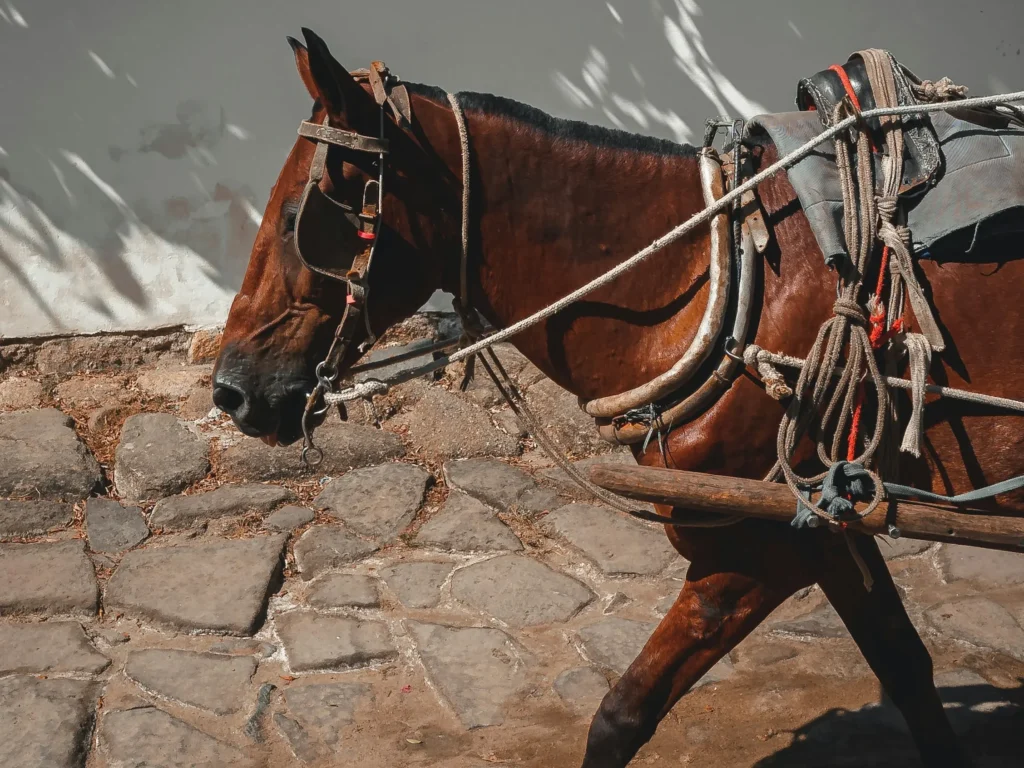Campeiro Horse is a unique and historic breed native to Brazil.
It is known for its versatility, strength, and agility, making it well-suited to a variety of tasks, from working cattle to competing in equestrian sports. The Campeiro is especially cherished for its ability to adapt to the harsh conditions of Brazil’s rural and often rugged landscapes.
History and Development:
The Campeiro Horse has its origins in the southern regions of Brazil, particularly in Rio Grande do Sul, where it was bred for its ability to work in the challenging terrain of the Brazilian countryside. It is believed to be a mix of Iberian horses brought by Spanish and Portuguese colonizers and native Brazilian breeds, creating a hardy, adaptable horse that was perfect for ranching and agriculture.
Historically, the Campeiro Horse was used by Brazilian cowboys, known as “gauchos,” to herd cattle across vast open fields. Its agility, strength, and ability to navigate through tough terrain made it an essential companion for this type of work. Over the years, the breed has become a symbol of Brazilian rural life and continues to be valued in the country for its skills and endurance.

Key Features of the Campeiro Horse:
| Feature | Details |
|---|---|
| Origin | Brazil, specifically the southern regions such as Rio Grande do Sul. |
| Height | Typically stands around 14.2 to 15.2 hands high (58 to 62 inches at the shoulder). |
| Coat Colors | Common colors include bay, chestnut, black, and gray. |
| Body Type | Strong, muscular, and compact with a well-proportioned body. |
| Temperament | Calm, intelligent, and cooperative, making them easy to train and handle. |
| Endurance | Known for stamina and resilience, especially in harsh climates and long working hours. |
| Strength | Excellent strength for cattle herding and other physically demanding tasks. |
| Training | Highly trainable, excelling in tasks like cattle work, dressage, and jumping. |
| Cultural Significance | Deeply embedded in Brazilian ranching culture, particularly in the southern regions. |
| Historical Use | Primarily used for cattle herding, transport, and farm work. |
| Conservation Efforts | Focus on preserving the breed due to its cultural and agricultural importance. |
| Current Role | Still used for cattle work, agricultural tasks, and in equestrian competitions. |
Physical Characteristics:
The Campeiro Horse is a medium-sized breed, typically standing between 14.2 and 15.2 hands high. It is a compact and muscular horse with a well-proportioned body that is built for strength and agility. The breed’s head is refined, with large, expressive eyes and a straight profile. Its coat colors commonly include bay, chestnut, black, and gray, and it has a strong and thick mane and tail.
The Campeiro is well-suited for working in Brazil’s rough and varied terrain, including forests, plains, and hills. Its solid build and sturdy hooves enable it to navigate through difficult environments with ease.
Temperament and Training:
Campeiro Horses are known for their calm and cooperative nature. They are intelligent and quick to learn, which makes them highly trainable for a wide range of tasks. From cattle herding to participating in equestrian sports such as dressage, jumping, and endurance riding, these horses excel in various disciplines.
The breed is particularly valued for its ability to work with cattle, as the Campeiro Horse is known for being calm and controlled even when working with large herds. Their versatility and willingness to cooperate make them ideal for both experienced riders and those new to horseback riding.
Current Role and Preservation Efforts:
Although the Campeiro Horse was once the primary working horse on Brazilian farms, modern technology and machinery have reduced its role in daily agricultural tasks. However, the breed is still highly valued in rural areas, particularly for its abilities in cattle herding, and is used in various agricultural and equestrian competitions.
Efforts to preserve the breed are focused on maintaining its pure bloodlines and promoting awareness of its cultural and historical significance. The Brazilian government and various equestrian associations are working to protect the Campeiro Horse and ensure that its unique characteristics are preserved for future generations.

